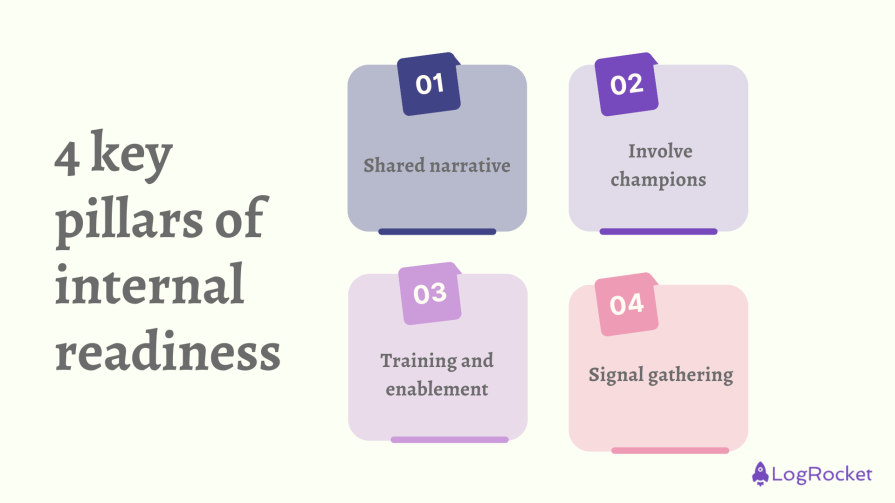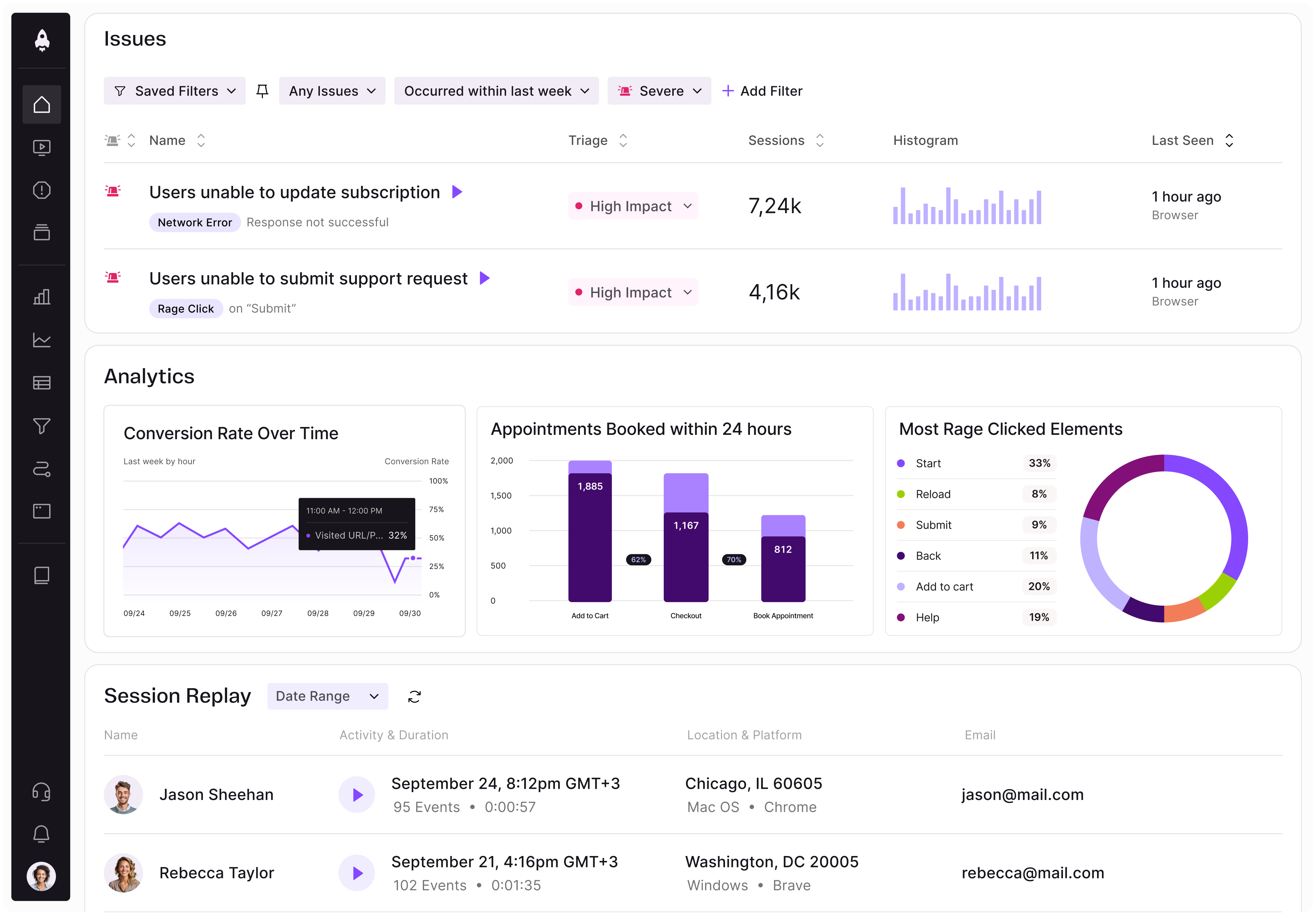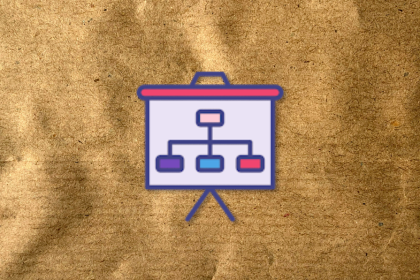Did you see the failed demo of Meta glasses by Mark Zuckerberg recently? Do you remember the famous demos of Apple products by Steve Jobs? Or have you seen demos of Google’s products by Sundar Pichai?

If you’re a PM, you probably answered yes to all these questions. But have you ever seen a demo of an internal product by any of the above-mentioned CEOs?
An internal product is something that’s used within the company itself. Internal products, such as tools built for employees, operations, or partners, rarely get the same spotlight.
They’re not flashy. They’re not shown on stage at keynotes. And yet, they often drive massive business impact: reducing operational costs, improving efficiency, enabling scale, and making external launches even possible.
We’ll have seen demos of products used by customers, but we very rarely see a demo of products used internally, which is why there isn’t much information about how to manage product launches for internal products. They require a different type of communication, stakeholder management, and success measurement.
I’ve led the launch of quite a few internal products, and in this blog, I want to explain how to best prepare for internal product launches. I share my stories of success and failure, and a few important tips that’ll help you launch internal products effectively.
Internal products are tools built primarily for employees, operations teams, or partners rather than end customers. They rarely get public attention, but they often power the experiences that customers see on the outside.
Think of content management systems, logistics dashboards, fraud detection tools, or onboarding portals. If these break, the customer-facing product suffers even if the customer never knows the internal tool exists.
Back at Zalando, I worked on a content management system for 300 internal users. These were photographers, retouchers, and copywriters. We used a legacy tool built 10 years ago. It was super slow, engineering didn’t know a lot of things about how it worked, the operations team had workarounds, and it wasn’t scalable at all.
I was the PM for this product and was tasked to build a scalable system that incorporated future use-cases like supporting videos and automating workflow. These 300 people had built their daily routines, processes, and even identities around the old system. If they weren’t ready for the change, no amount of engineering excellence would matter.
This is why internal readiness is critical. You’re not just shipping a tool; you’re changing the workflow of people, affecting their daily work life.
And unless those people understand the “why,” are included in the development process, and are supported during the transition, adoption will likely fail, no matter how good the product is.
Before launching an internal product, it’s important that you do the groundwork to set your launch up for success. In my experience, there are four key pillars that signal you’re ready for launch:

Much like any product, it’s important to start with the users. This’ll help you to create a shared narrative, something that the users agree on.
If you don’t create the narrative, each team will create its own, and that leads to confusion. The message has to be clear: who is the user, what problem does this product solve, why do we need to solve it, why do we need to solve it now, and how does it help the users to do their job better?
Early champions help you spot problems before they scale, and they give you credibility with their teams. If a respected team member says, “I’ve used this and it works,” adoption is faster:
Training isn’t about creating tutorials or showing features; it’s about showing how the product fits into daily work and how it makes the user’s lives easier. Hence it’s important to document how the product helps:
The fastest way to kill trust is to launch something broken. Don’t wait until after launch to find problems. Run a pre-mortem: ask “what could go wrong?” and build risk mitigation plans.
You can avoid that by stress-testing before rollout. This is where you will find blockers that might impact you later:
Launching an internal product is more than flipping the switch. That’s why I created this checklist that lists all the steps a PM should consider before, during, and after the launch:
You can use it as a living document and:
Launching an internal product before you’ve ready comes with risks. Some of the common ones include:
Without internal readiness, there’s a high chance that the users would feel they aren’t included in the product development process, and that can impact the trust between product teams and the users. A strong relationship is always needed to build high-impactful and useful products.
When employees don’t feel confident using the new tool, they fall back on what they know. Old spreadsheets, email threads, or half-broken legacy systems stay alive, and instead of one streamlined solution, the company now runs two. I have experienced this in the past, and it creates unnecessary overhead for everyone.
Every internal tool is justified with promises of efficiency, cost savings, or scalability. But when readiness is skipped, those benefits remain on paper. Instead of speeding things up, the tool adds friction. Instead of saving money, it creates new overhead.
And lastly, if the new tool struggles to gain traction or generates more complaints than results, leadership starts questioning whether the product team can deliver. That doubt lingers. It becomes harder to secure budget, headcount, or sponsorship for future initiatives. One failed launch can cast a long shadow over the team’s ability to drive change.
Internal product readiness isn’t a one-time activity. Instead, as a PM, you need to start it early in the process and continue it even after the product is launched. This way you not only will make sure your product delivers, but you’ll create a long-lasting and strong relationship with your stakeholders and users.
With the advancements in AI, you can mitigate risks as much as you can, but having a structured approach to readiness will help you deliver effectively. If you’re a PM who has worked or is working on internal products, share your checklist and best practices in the comment section below. And, as always, happy product launching.
Featured image source: IconScout

LogRocket identifies friction points in the user experience so you can make informed decisions about product and design changes that must happen to hit your goals.
With LogRocket, you can understand the scope of the issues affecting your product and prioritize the changes that need to be made. LogRocket simplifies workflows by allowing Engineering, Product, UX, and Design teams to work from the same data as you, eliminating any confusion about what needs to be done.
Get your teams on the same page — try LogRocket today.

A practical five minute revenue estimation method to help product managers compare ideas, drop low impact features, and prioritize smarter.

A practical guide for PMs who want to stop being bottlenecks, delegate smarter, and lead teams effectively with a clear ownership framework.

Stop letting unreliable data block features. Treat data as inventory to track quality, ownership, and ship with confidence.

Learn why slide decks slow teams down and explore better tools like whiteboards, PRDs, and prototypes to improve collaboration and alignment.